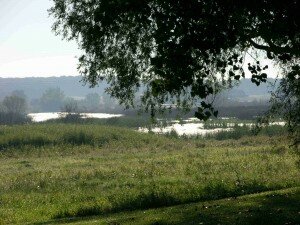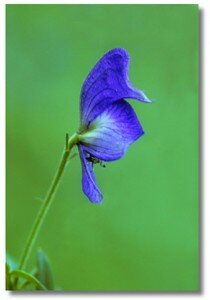If you have time while in Madison, pay a visit to a National Wildlife Refuge.
Be sure to bring your blue goose passport to get stamped!
Leopold Wetland Management District
The nearest unit of the National Wildlife Refuge System, Leopold Wetland Management District, includes over 12,000 acres of Waterfowl Production Areas and 3,000 acres of conservation easements. It is primarily made up of wetland areas surrounded by grassland and oak savannah ecosystems. Management activities on the District’s lands include prescribed burns, invasive species removal, and ditch infilling to restore drained farmlands to wetland status.
Horicon National Wildlife Refuge
About 20 miles to the east of Madison lay the 21,000 acre Horicon National Wildlife Refuge. Primarily composed of Horicon marsh, this refuge was designated a “Globally and State Important Bird Area” in 1990. The marsh originated as a glacial lake which today has succeeded into the largest freshwater cattail marsh in the US.
Necedah National Wildlife Refuge
Nestled in central Wisconsin is a landscape that was epitomized by early homesteaders as the Great Wisconsin Swamp. A mosaic habitat of sedge meadow, savanna, and pine-oak forest established in 1939 the area is an island of refuge—home to ringed boghaunter dragonflies, whooping cranes, trumpeter swans, wolves, Karner blue butterflies, badgers, and red-headed woodpeckers. Each species and habitat is monitored and maintained by the U.S. Fish and Wildlife Service to ensure overall vigor within the 44,000-acre ecosystem.
Driftless Area National Wildlife Refuge
West of Madison along the Mississippi River lays the region’s youngest refuge, the Driftless Area NWR. This refuge was established in 1989 and as its name implies, it lies at the heart of the upper Midwest’s driftless area. This land was never glaciated, so its topography is marked by steep bluffs and deep valleys rather than the rolling hills and broad plains characteristic of the surrounding area. The purpose of the refuge is to protect the federally endangered Iowa Pleistocene snail and the threatened northern monkshood plant. These species only occur on sandstone cliffs with a constant supply of cool, moist air. The refuge currently contains between 70 and 75 percent of the total known populations of these species.





